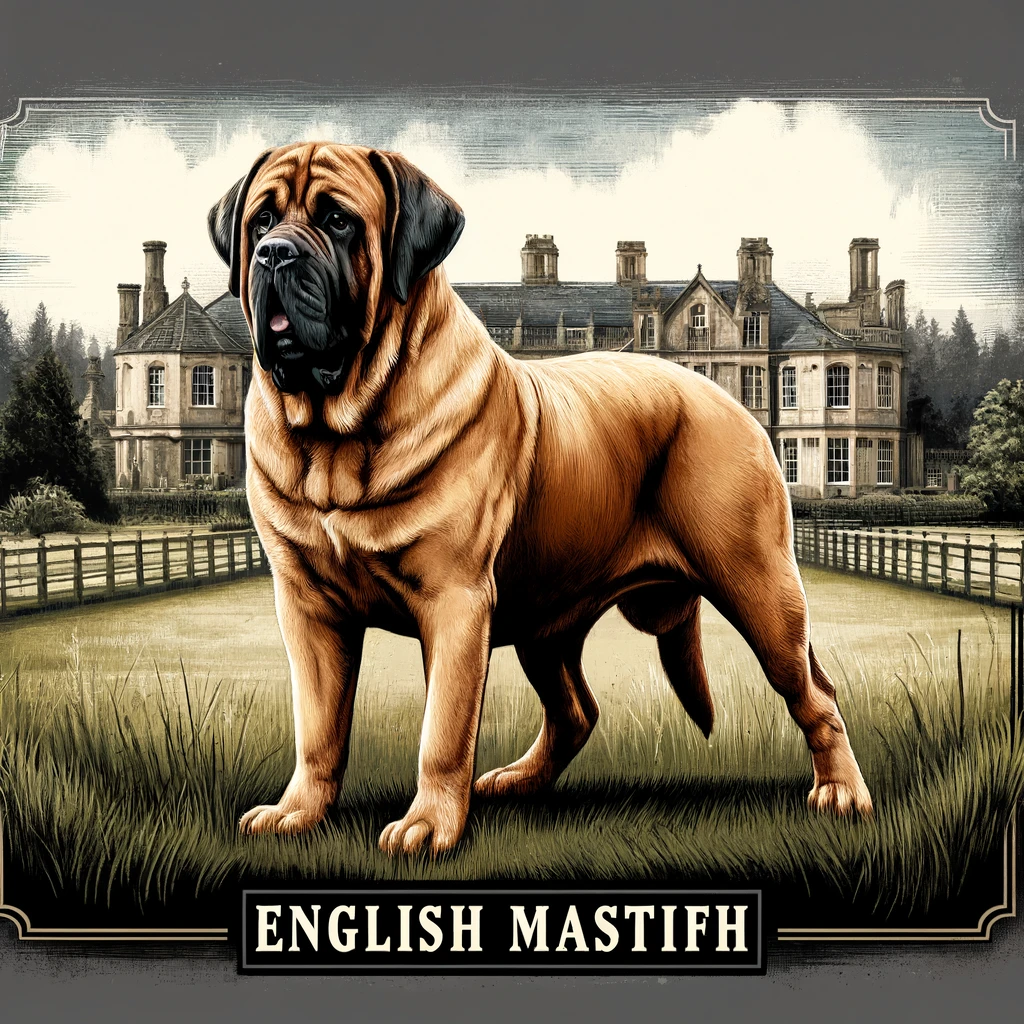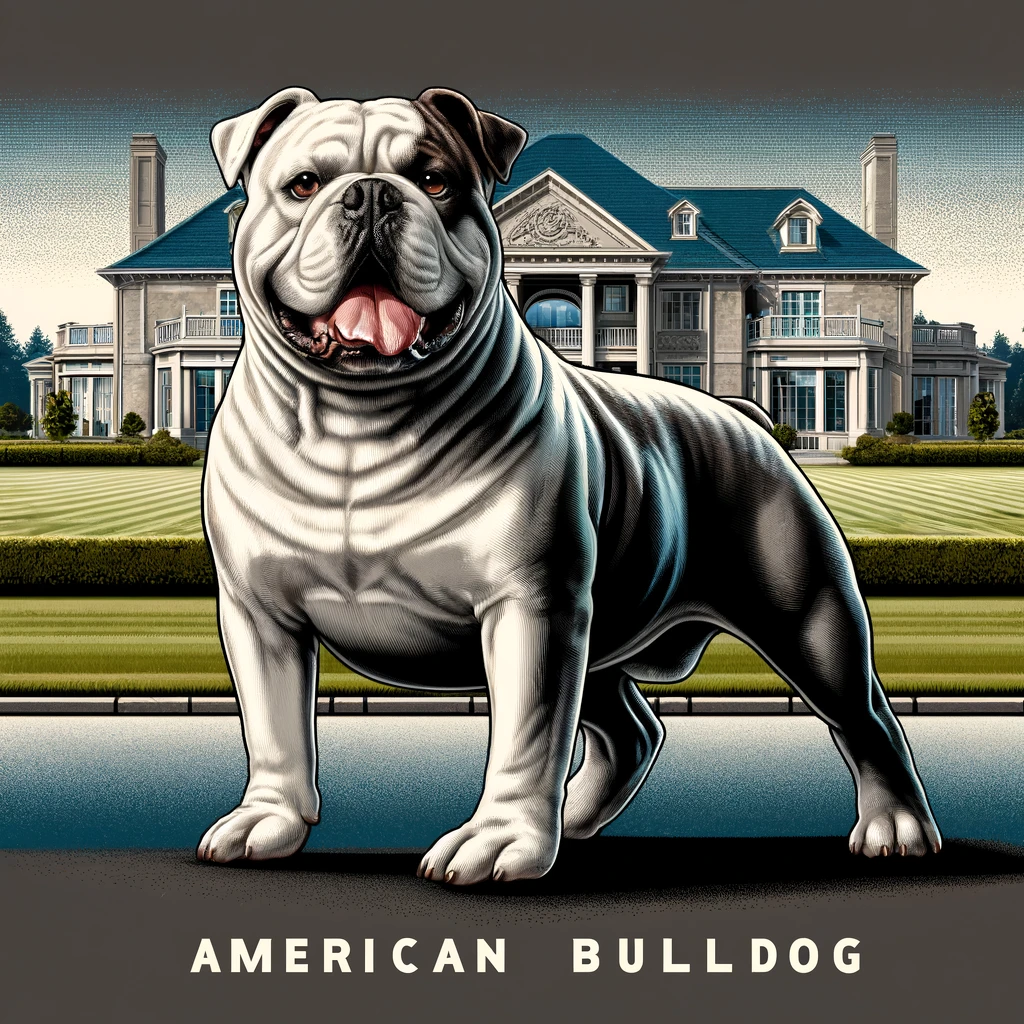Bite force measures the strength of a dog’s jaw closure, indicating how much pressure a dog’s jaws exert when they clamp down. Understanding bite force is crucial for several reasons. It helps assess a dog’s potential for protection, effectiveness in specific working roles, and the necessary safety precautions.
We measure bite force in PSI (pounds per square inch), which quantifies the pressure applied on a square inch of surface area. We use specialized tools like bite meters to gauge the strength of a dog’s bite accurately. This data is invaluable for breeders, trainers, and owners, as it provides a clear understanding of a dog’s capabilities and needs.
In this article, we will identify and explore the top 10 dog breeds with the strongest bite force in the world. By examining these breeds, we aim to offer insights into their characteristics, temperaments, and roles. Consequently, potential owners and enthusiasts can make informed decisions about these powerful dogs.
Top 10 Dogs with the Strongest Bite Force
Overview of the List
In this section, we will introduce the top 10 dog breeds known for having the strongest bite force in the world. These dogs possess not only powerful jaws but also distinct characteristics and temperaments that make them unique. Our list highlights their origins, size, and special traits, providing a comprehensive understanding of each breed’s capabilities.
Criteria for Selection
To determine the top 10 dogs with the strongest bite force, we considered several factors:
- Bite Force Measurement: We relied on bite force data measured in PSI (pounds per square inch) to rank these breeds.
- Breed Characteristics: We examined the physical attributes and genetic traits that contribute to a strong bite.
- Temperament and Behavior: We assessed how a dog’s temperament and behaviour impact its bite force and overall suitability for various roles.
- Role and Function: We considered the historical and contemporary roles these breeds play, such as protection, hunting, and companionship.
By using these criteria, we ensured a well-rounded and accurate representation of the strongest dog breeds in terms of bite force. Now, let’s delve into the specifics of each breed.
List of Top 10 Dogs With Strongest Bite Force
- Kangal
- Bandog
- Cane Corso
- Dogue de Bordeaux (French Mastiff)
- Tosa Inu
- English Mastiff
- Dogo Argentino
- Leonberger
- Rottweiler
- American Bulldog
Detailed List and Information on Top 10 Dogs with the Strongest Bite Force
1. Kangal

- Bite Force: 743 PSI
- Origin: Turkey
- Temperament: Protective, loyal, and gentle with family.
- Size: Large, powerful build.
- Special Traits: Kangals are renowned for their protective nature, especially towards livestock. They are gentle with their families but fearless when defending against predators. Often used as livestock guardian dogs, they are highly valued in rural and farming communities.
2. Bandog

- Bite Force: 730 PSI
- Origin: United States
- Temperament: Fearless, protective, and good family pets if trained.
- Size: Large and muscular.
- Special Traits: The Bandog is a crossbreed typically used for guarding and protection. These dogs are bred from various working breeds to combine strength, loyalty, and a protective nature. With proper training and socialization, they can be excellent family pets, although they are primarily known for their roles as guard dogs.
3. Cane Corso

- Bite Force: 700 PSI
- Origin: Italy
- Temperament: Protective, intelligent, and reserved.
- Size: Large, muscular, and athletic.
- Special Traits: Historically used for protection and hunting, the Cane Corso is a versatile working dog. They are highly intelligent and trainable, making them excellent guardians. Their reserved demeanour around strangers contrasts with their affectionate nature towards family members.
4. Dogue de Bordeaux (French Mastiff)

- Bite Force: 556 PSI
- Origin: France
- Temperament: Loyal, affectionate, and protective.
- Size: Large, strong, and muscular.
- Special Traits: Known for their protective nature and loyalty, Dogue de Bordeaux are excellent family guardians. They have a calm demeanor and form strong bonds with their owners. Historically, they were used for guarding property and pulling carts.
5. Tosa Inu

- Bite Force: 556 PSI
- Origin: Japan
- Temperament: Fearless, patient, and good with family.
- Size: Large and robust.
- Special Traits: The Tosa Inu is often used in traditional Japanese dog fighting, but they can also make good family pets when properly trained. They are known for their patience and tolerance, making them reliable companions in controlled environments.
6. English Mastiff

- Bite Force: 552 PSI
- Origin: England
- Temperament: Gentle, calm, and protective.
- Size: Very large and powerful.
- Special Traits: One of the heaviest dog breeds, English Mastiffs are known for their gentle giant nature. Despite their size and strength, they are calm and make excellent family pets. Their protective instincts are strong, but they are typically non-aggressive unless provoked.
7. Dogo Argentino

- Bite Force: 500 PSI
- Origin: Argentina
- Temperament: Brave, loyal, and friendly with family.
- Size: Large, muscular, and athletic.
- Special Traits: Bred for big-game hunting, including wild boar and puma, Dogo Argentinos are fearless and powerful. They are also known for their loyalty and affectionate nature towards their families, making them excellent companions and protectors.
8. Leonberger

- Bite Force: 399 PSI
- Origin: Germany
- Temperament: Friendly, gentle, and playful.
- Size: Very large, with a lion-like mane.
- Special Traits: Leonbergers are excellent family pets, known for their calm demeanor and friendly nature. Their size and strength are impressive, but they are gentle and playful, making them great companions for children and adults alike.
9. Rottweiler

- Bite Force: 328 PSI
- Origin: Germany
- Temperament: Confident, courageous, and good-natured.
- Size: Large, powerful, and well-muscled.
- Special Traits: Popular as police dogs, guard dogs, and in search and rescue, Rottweilers are versatile and highly trainable. They are known for their confidence and courage, making them excellent protectors and loyal companions.
10. American Bulldog

- Bite Force: 305 PSI
- Origin: United States
- Temperament: Loyal, assertive, and energetic.
- Size: Medium to large, strong build.
- Special Traits: Versatile working dogs, American Bulldogs are used in farm work and as family pets. Their loyalty and energy make them excellent companions for active families, and their assertive nature ensures they can protect their loved ones effectively.
Factors Affecting Bite Force
Genetics and Breed Characteristics 🧬
Genetics play a crucial role in determining a dog’s bite force. Different breeds have varying jaw structures, muscle mass, and bone density, all of which influence their biting strength. For instance, breeds like the Kangal and Cane Corso are genetically predisposed to have powerful jaws. As a result, they naturally exhibit higher bite forces compared to other breeds. Additionally, selective breeding has enhanced these traits over generations.
Training and Temperament 🐾
Training and temperament significantly impact a dog’s bite force. Proper training can either enhance or mitigate a dog’s biting strength. For example, well-trained guard dogs are taught to control their bite force, ensuring they use it appropriately. Conversely, a lack of training can lead to unpredictable and potentially dangerous biting behavior. Moreover, a dog’s temperament—whether it is calm, aggressive, or protective—also affects its tendency to use its bite force. Friendly and well-socialized dogs are less likely to bite forcefully compared to those with aggressive tendencies.
Diet and Health 🍖
Diet and health are essential factors in a dog’s bite force. A nutritious diet supports muscle development and overall health, contributing to stronger jaws. For instance, dogs that receive a balanced diet rich in proteins and essential nutrients are more likely to develop robust jaw muscles. Conversely, poor nutrition can lead to weaker muscles and reduced bite force. Furthermore, regular veterinary check-ups ensure that dogs maintain optimal health, preventing issues that could weaken their bite force, such as dental problems or muscle atrophy.
By considering these factors, we can better understand the complexities behind a dog’s bite force and take appropriate measures to manage and harness this powerful trait effectively.
Importance of Understanding Bite Force in Dogs
Safety and Training 🛡️
Understanding bite force is essential for ensuring safety and effective training. By knowing a dog’s biting strength, owners and trainers can implement appropriate training techniques to manage and control this power. This knowledge helps prevent accidental injuries and ensures that dogs are taught to use their bite force responsibly. For instance, training a guard dog to restrain its bite on command can enhance safety for both the dog and its handlers.
Suitability for Different Roles (e.g., protection, companionship) 🐶
Bite force plays a significant role in determining a dog’s suitability for various roles. Dogs with strong bite forces, such as the Kangal and Rottweiler, are often ideal for protection and guarding duties. Their powerful jaws make them effective deterrents against intruders. On the other hand, understanding a breed’s bite force helps owners choose dogs that fit their needs, whether for companionship, service, or working roles. For example, families with children might prefer breeds known for their gentler bite force and friendly nature.
Legal and Ethical Considerations ⚖️
Legal and ethical considerations are also tied to a dog’s bite force. Many regions have specific regulations regarding the ownership of breeds with strong bite forces, due to the potential risks involved. Understanding these laws helps owners comply with local regulations and avoid legal issues. Ethically, it is important to recognize the responsibilities that come with owning a powerful breed. Owners must ensure their dogs are properly trained and socialized to prevent aggressive behavior and protect the community.
In summary, understanding a dog’s bite force is crucial for safety, training, and selecting suitable roles for different breeds. It also involves adhering to legal regulations and upholding ethical responsibilities, ensuring a harmonious relationship between dogs and humans.
Conclusion
Recap of the Importance of Bite Force
Understanding a dog’s bite force is crucial for ensuring safety, effective training, and selecting the right breed for specific roles. Bite force measurements provide valuable insights into a dog’s physical capabilities and help owners and trainers manage this powerful trait responsibly.
Encouragement to Consider Temperament and Training
When choosing a dog, it’s essential to consider not only the breed’s bite force but also its temperament and training needs. A well-trained dog with a stable temperament is less likely to exhibit aggressive behavior, making it a safer and more reliable companion. Prioritizing proper training and socialization ensures that dogs, regardless of their bite force, can be integrated safely into various environments.
Final Thoughts on Responsible Dog Ownership
Responsible dog ownership goes beyond understanding bite force. It involves a commitment to training, socializing, and providing for the dog’s physical and emotional needs. Owners must be aware of their dog’s strengths and potential risks, adhering to legal and ethical guidelines to protect both the dog and the community. By making informed choices and fostering a nurturing environment, we can enjoy the many benefits of canine companionship while ensuring the safety and well-being of everyone involved.

